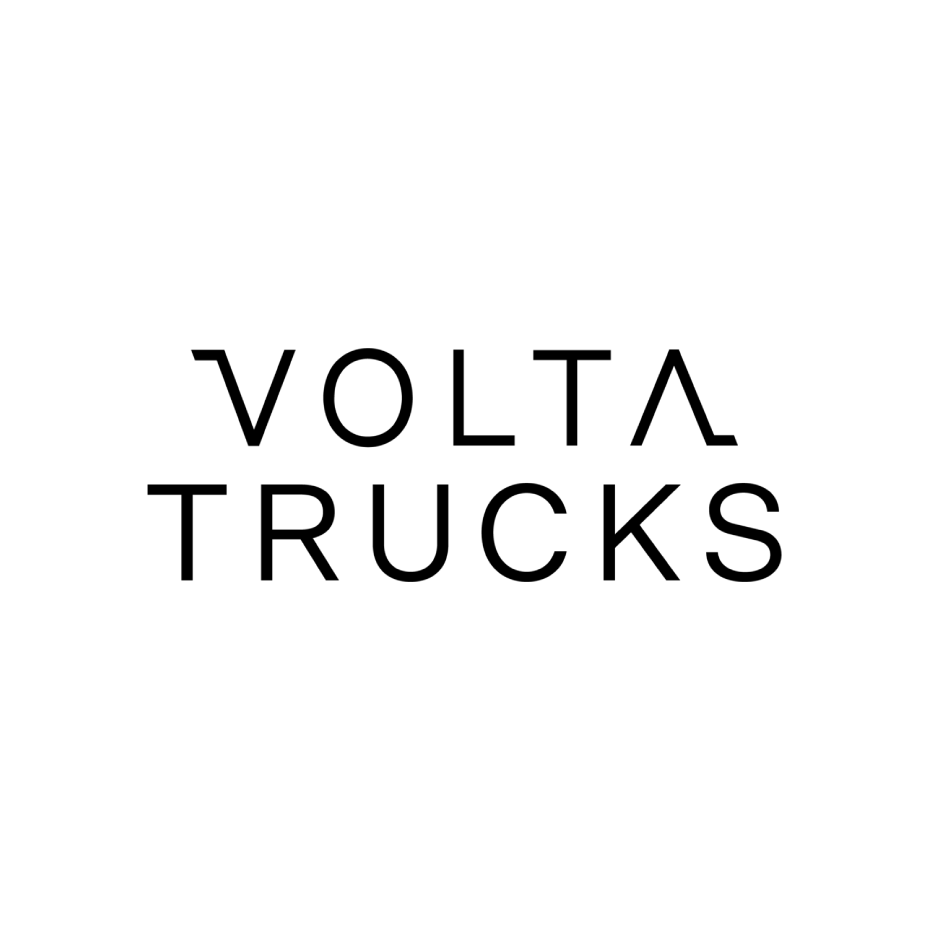
Hardware



Shiv Tailor,
Head of Information Systems and Program Management, Volta Trucks

Shiv Tailor,
Head of Information Systems and Program Management, Volta Trucks
Worldwide IT Spending Forecast







Hardware
as a service


90 percent


What kind of equipment
should you be looking for?
For example, a HR manager who uses a few in-browser apps may not need as much RAM in their computer as a designer who works with large files and heavy on-device software.





£1.3b
annual productivity wasted by US businesses due to obsolete technology



Key considerations for your hardware


Upgrades


Mobile workstations


Usage monitoring


Remote management


Inventory


Support


Connected devices


Proactive maintenance


Upgrades


Mobile workstations


Usage monitoring


Remote management


Inventory


Support


Connected devices


Proactive maintenance

Software



Mark Uffland
Chief Technology Officer, YouLend

Mark Uffland
Chief Technology Officer, YouLend


Key Series A
software attributes

Flexible
Just like your hardware, you'll want flexible pricing that can scale up and down depending on your users or your needs. All modern SaaS platforms will offer tired packages, but their actual pricing models aren't always as simple as they seem. Do your due diligence before subscribing. Applications that actually scale with you will save you a headache later on.

User-centric
User-centric design is everywhere these days — praise be! — but there are still many painful-to-use applications out there that will try to lure you with bespoke, sector-specific functionality. For the sake of your team's happiness and productivity, always try to strike a balance between user experience and functionality.

Integrated
Integrating your tools is crucial to encouraging your team to work smarter and more efficiently. You can do this in-house or use an iPaaS tool, but the easiest way is to use the out of the box integrations offered by most major software providers. Where possible, choose a package of connected tools that are already integrated, such as Microsoft 365 or Google Workspace.

Cloud-based
On-premise applications may be more reliable, secure and controllable, but cloud-based software will always be the best bet for an agile startup. As your strategy evolves, you'll need to scale up, scale down and shuffle your tech — and SaaS is the easiest way.

Secure
Security is paramount. At this phase of growth your startup will come under more intense scrutiny from customers and partners, and be at greater risk of security threats (read more about this in the security compliance chapters). The software your team uses is a key front in the defence against such attacks. Always look into and test the security practices of the vendors you want to use.

Take stock
Before you dive in and start signing purchase orders, take stock. On the road to Series A you will have already built up a long tail of software. Often, this happens in a haphazard way, with differing executives preferring their own tools for their own tasks, and little synchronicity or integration between systems. Instead of muddling along with a stack based on personal preference (rather than business alignment) start you software revolution with an audit.

in the way



Fundamental tools you'll need


Task and project management


File
collaboration


Multimedia
communication


Task and project management


File
collaboration


Multimedia
communication
More tools to invest in

Customer Support

Human Resources
Time Tracking

Accounting

Payment

Management

Marketing

CRM

Scheduling

Beware migration
Whenever you change software, the spectre of migration will rear its head. Ensuring data is transferred securely and accurately is exactly the kind of important yet non-senior task you should be looking to delegate. For a well planned, seamless and efficient migration that does not go over budget or result in a protracted process, source a managed service provider that will look after the entire process: before, during and after.

Compliance


Ashley Venn
Information Security Manager, Recognise Bank

Ashley Venn
Information Security Manager, Recognise Bank
Why become compliant?





£3m
average business revenue loss from non-compliance

Certification
If you've already been selling to financial institutions or healthcare organisations, you'll most likely be certified before Series A. If that doesn't apply, this is the time to invest in a formal compliance program.
Frameworks like SOC 2 and ISO 27001 provide a foundation of security that unblocks enterprise sales, lessens risk, and protects your startup's finances and reputation from company-killing events.
Which compliance framework should you choose?
SOC 2
US-centric
Customisable attestation
Virtual
2-3 month lead time
ISO 27001
Europe-centric
Prescriptive certification
On-site
6 month lead time

Don't forget local-level and industry-specific compliance; for example, healthcare founders know their product must meet HIPAA compliance, and companies in the consumer space are well aware of GDPR.
Four steps to certification

Security Controls

Gap analysis

External audit

Internal audit


Number of compliance officers employed in the United States from 2005 to 2020
(in 1,000s)

Security



Ashley Venn
Information Security Manager, Recognise Bank

Ashley Venn
Information Security Manager, Recognise Bank

£5.7 m
Cost of average security breach for companies with under 500 employees
It's important to remember that compliance doesn't translate directly into security.
For example, you could meet a SOC 2 standard by requiring all employees to install endpoint protection. But this aspect of your security posture would remain vulnerable if you didn't also have a way to enforce workers to activate and update the software that protects their devices.
Further, if you don't have a centrally managed tool for monitoring and reporting endpoint breaches, you might not even be aware when they occur. In this case and many others, the end result can be a security breach that ransacks your business fund while damaging your brand and the trust it had previously built up with existing and potential customers.
With 65,000 SMB attacks daily, and ransomware attacks growing by 150% year on year, it's best to be prepared.
Annual number of data breaches and exposed records in the US from 2005 to 2020
(in millions)





What does 'being prepared' mean for a Series A startup?
Though some bill themselves as silver bullet security solutions, it's good practice to build a matrix of layers that properly protect different areas of the business.

Human layer

Perimeter layer

Network layer

Endpoint layer

Application layer

Data layer

Mission critical assets

Disaster recovery
£4400
Average business cost per
minute of IT downtime

Environment



Shiv Tailor
Head of Information Systems and Program Management, Volta Trucks

Shiv Tailor
Head of Information Systems and Program Management, Volta Trucks


The Series A office
Due the inherent volatility of the Series A phase, what you need from an office can rapidly change. A given is that your team will be expanding rapidly, but it doesn't always expand at the rate you expect — it could move faster or slower, depending on how your post-raise phase plays out. So how do you stay in the goldilocks zone, and only pay for what you need?
The most straightforward solution is to not have an office at all during this phase — a radically remote policy will give you the freedom to scale, pivot and make your mark faster, without having to worry about office logistics.
But, if you're absolutely set on setting up a physical space to call home, the key is to remain flexible. Startups often fall into the trap of signing up to lengthy leases under the impression this works out as the ‘best-value for money' option. But what usually happens is a startup with a long term lease will experience significant periods when the office is under and above capacity, pushing them into ad hoc solutions that detriment productivity and revenue.
If you want flexibility to scale, a managed office or a short term lease are your best bets. Alternatively, if you see a long term lease as your only option, try to insert a sublet clause that enables you to rent the office to someone else when your needs change.
What kind of office does your startup need?
Take our quick quiz to build an office solution that's just right for your business.
Is in-person networking critical to your business?
Would you like to invest in the fit out of a new office?
You should look for a Private Space with a Short Term Lease
Private spaces give you more control over your environment and, by choosing a short term lease, you'll give your startup more flexibility to scale its hiring. Remember that you'll have to fit out, manage and secure the space yourself — partner with an experienced managed service provider to protect your time and make this as seamless as possible.
Serviced Office
Managed spaces are great for entrepreneurs, taking a load of work off the mind, reducing upfront cost and offering a panoply of networking opportunities. But they aren't always perfect, especially when it comes to things like wifi strength and meeting space. So be prepared to make a compromise every now and again!
What's most important to you?
Serviced Office
Private Spaces give you more control over your environment and, by choosing a long term lease, you'll get a better (cheaper) deal from the office supplier. Remember that you'll have to fit out, manage and secure the space yourself — partner with an experienced managed service provider to protect your time and make this as seamless as possible.
Choosing your space


Date


Space


Location


Vibe


Budget


Requirements


Date


Space


Location


Vibe


Budget


Requirements


Creating wellness
through space
Breakout spaces
Private spaces
Agile working
Collaborative space
On-site facilities
Biophilic design
Smart acoustics


Don't forget to:





Onboarding
One thing that can make or break a new hire is onboarding. We've seen it happen a lot when companies scale for the first time: lots of new faces with lots of confusion about what they should be doing. Even if they are a self-starter personality type, a new hire can still experience friction with unfamiliar tools and software, and potentially end up working on the wrong tasks.
While the new team member may tick all your boxes and look perfect on paper, if you don't have a proper onboarding process, they won't be able to perform.

Put in place training and support






Network


Monica Velasquez
Chief Technology Officer, Recognise Bank

Monica Velasquez
Chief Technology Officer, Recognise Bank
Connection
Internet: the lifeblood of every 21st century business. Hit-and-miss connections, snail-pace internet speeds and lousy customer service are all things we can do without.

What should you be considering when choosing and setting up your connection?

Fast

Reliable

Support

Flat pricing

Coverage

Infrastructure








What does cloud networking enable?


A hybrid infrastructure that you control


Sophisticated network topologies


Private data centre


A hybrid infrastructure that you control


Sophisticated network topologies


Private data centre
Remote patching
Whichever network option you choose, you'll want it to be capable of remote reconfiguration. This solution centralises and streamlines the monitoring and management of your IT infrastructure, enabling you to secure, patch and update your networks without the cost of having an engineer on site — and without having to wait for one to turn up!

Workflow


Mark Uffland
Chief Technology Officer, YouLend

Mark Uffland
Chief Technology Officer, YouLend

Accelerate your growth
Adoption of digital automation has risen significantly over the past few years, as businesses now want to deliver a seamless service — not only for their customers, but for their team too.
The right productivity solutions and automations will lessen yours and your teams' workload, giving you time to focus on high value activities (rather than repetitive menial tasks).
Obvious candidates for automation are routine maintenance tasks such as software updates, patches, regular disk cleanup and frequent backups. Any process that is ongoing and repetitive by nature should also be considered; customer support services, report generation… anything that helps you save time on repetitive processes, so your workforce can concentrate on tasks only talented humans can achieve.
While automation helps SMBs eliminate repetitive tasks, there are bigger benefits as well: 88% of SMBs say automation allows them to compete with larger companies by allowing them to move faster, spend less time on busywork, reduce errors, and offer better customer service.

When searching for productivity-driving automations, what key things do you need to look out for?

Immediate returns
Modularity
Minimise disruption
How to strategically build automations
Bring together your various VPs and ask them to outline their struggles and potentials for automation.
Empower VPs and their teams to build automated processes by equipping them with low-code, drag-and-drop software, like Microsoft Power Automate.
Prioritise high gain automations, and organise lower yield or open-ended projects along a roadmap for future growth.

Encourage teams to iteratively improve and design these automated systems until they work as needed.
Most commonly automated tasks
& organisation
management
76%
of enterprises prioritise AI in their IT budgets
Apply low cost AI
Prices can be eye-watering but there's plenty that can be achieved (within a typical Series A budget) through low cost AI. From computer vision and face recognition to conversational AI services, you can automate and scale common processes like document processing, customer service and data insight generation.
There are also many tools out there, such as Microsoft Azure, that make it easy for you to build and train your own machine learning models, then deploy them as APIs.

This isn't one-size-fits all
We work with you to draw up a plan that suits your specific business needs.
There's no upfront cost: we'll purchase the equipment and install, monitor and manage it all, and bundle it with your monthly subscription.
Get expert support (free)
